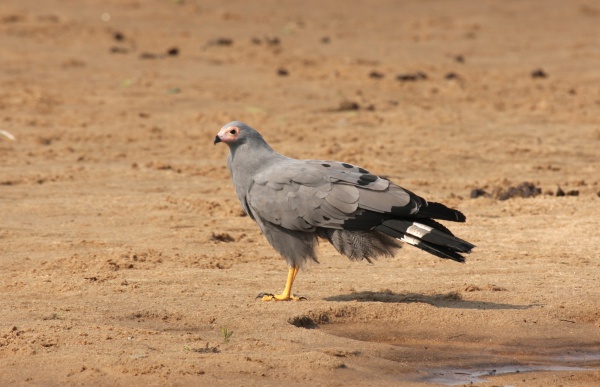Facts About African harrier-hawk
The African harrier-hawk, also known as the gymnogene, is a captivating bird of prey native to Africa, specifically south of the Sahara. Measuring approximately 60-66 centimeters in length, this medium-sized raptor demonstrates remarkable adaptability, inhabiting diverse environments such as natural woodlands, tree plantations, and even urban areas.
Visually, the African harrier-hawk is striking with its pale grey upperparts, a white belly adorned with dark bars, and broad wings marked by a black trailing edge. One of its most distinctive features is its double-jointed knees, enabling it to reach into crevices to capture prey—a valuable trait for this proficient hunter.
You might recognize this bird by its characteristic call, a whistled "sueee-sueee-sueee." For nesting, the African harrier-hawk constructs stick nests in trees and palms, typically laying one to three eggs. This bird is omnivorous, consuming a diet that includes fruits such as oil palm berries and a variety of small vertebrates. It is particularly noted for its ability to climb and raid the nests of other cavity-nesting birds for eggs and nestlings. Additionally, it preys on introduced species like feral pigeons, house sparrows, and eastern gray squirrels.
Sightings of the African harrier-hawk have been reported in numerous locations, including Stellenbosch, Onrus River, Claremont, Plumstead, Kenilworth, Cape Town, Ceres, and Nairobi. Its adaptable nature and varied diet make it a resourceful and effective predator within its ecosystem.

 Cameroon
Cameroon